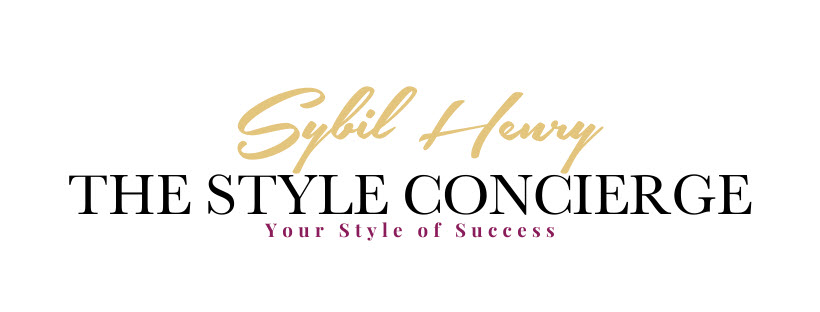When styling or meeting women of all ages, the one question that comes up more often than “What is my style?” is “What is my shape?”
I love that question because it takes me just a quick moment to look at a woman and let her know her body type. Then it’s so much fun to see the look on her face when she hears the news. Some women may have an idea of their shape but would like it confirmed, or they are pleasantly surprised that it is different than they thought.
When you dress for your shape, you are emphasizing your most beautiful assets. You will appear taller, leaner and look more modern. Your shape does not change, regardless of your weight; it just becomes a smaller or larger version of the same shape.
Even the First Lady makes style missteps by not dressing for her shape. By wearing high waistlines that are better suited for an apple body shape, she hides the best feature of her pear body shape, her small waist.

Ahhh…much better! By showing her shape and emphasizing the her best feature, her small waist, she appears slimmer, more polished and confident. It is also a beautiful style statement to show off her beautifully toned shoulders and arms. It makes a huge difference when you dress for your shape!

Since knowing your shape and dressing for your body is a foundational step to having great style, I decided
to share an excerpt from my book, Style Yourself Over 40, 50 & Beyond. I’ll show the five horizontal body
shapes so that you can easily find yours.
Understanding Your Horizontal Body
It is rare for a woman’s body to be in perfect symmetrical balance. As we age, symmetry becomes
even more difficult—making it ever more important that you understand your body, your proportions,
and how to dress strategically. Through simple techniques, you can artfully manage body changes
with fashion strategies that give the illusion of perfect balance and harmonious symmetry.
Five main descriptive shapes define the Horizontal Body Proportion:
1. Pear
2. Hourglass
3. Apple
4. Rectangle
5. Inverted Triangle
There are several ways to determine your horizontal body shape, but I prefer to use the following
method because it is so easy to understand and is accurate. It takes into account the horizontal lines
of your body that extend out the farthest—the angles our eyes see first. These are the most extreme
lines of your body and they create your horizontal shape. The widest lines are your shoulders and
hips—the narrowest is your waist.
How to measure:
You’ll need a full or 3/4-length mirror and a measuring tape.
 Dress in underwear or, if you prefer, you can be naked.
Dress in underwear or, if you prefer, you can be naked.
Stand straight in front of the mirror with the tape measure and take
“flat” measurements (do not measure the circumference of your
body, just straight across the front of your body from one end point to
the other).
Shoulders: Measure in a flat, straight line from the end of one
shoulder to the end of the other shoulder.
Waist: Find the narrowest part of your torso to locate your waist (you
can bend to the side to see where it indents) and measure in a flat,
straight line, from one side to the other.
Hips: Find the widest part of your hips—measure in a flat, straight
line from one end to the other.
My flat shoulder measurement is: __________
My flat waist measurement is: ___________
My flat hip measurement is: ____________
Now that you have your three horizontal measurements, review the
chart below to find the shape that matches your measurements.
You have a Pear shape if your shoulders are smaller than your hips.
You have an Hourglass shape if your shoulders and hip measurements are the same and your waist
is at least 2 to 3 inches smaller.
You have an Apple shape if your waist measurement is larger than your shoulders and hips.
You have a Rectangle shape if your shoulders, waist and hip measurements are the same.
You have an Inverted Triangle shape if your shoulders are larger than your hips.
My horizontal body shape is: _________________________
Now that you have identified your body shape, you’ll be armed with the knowledge to begin using strategies to dress for your shape, not your size. Dressing for your shape allows you to bring your body into perfect balance. You will artfully accentuate the positive and camouflage the not so positive. In my book, Style Yourself Over 40, 50 & Beyond: Get the After You’re After, you’ll find the tips, tricks and strategies to become an expert at understanding how to dress for your body.
